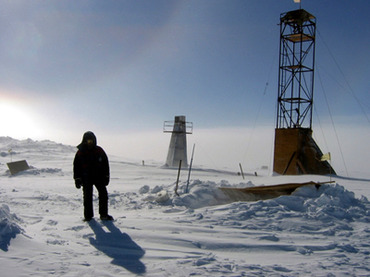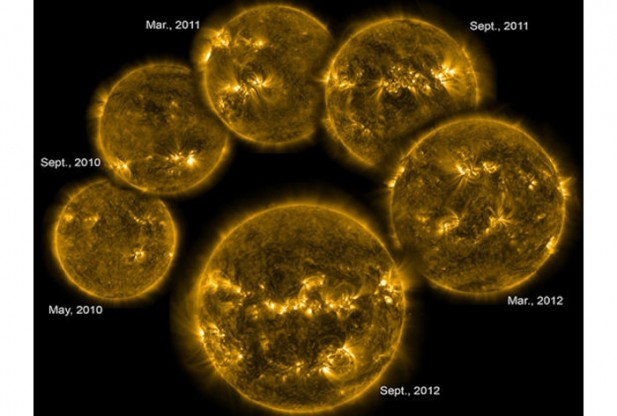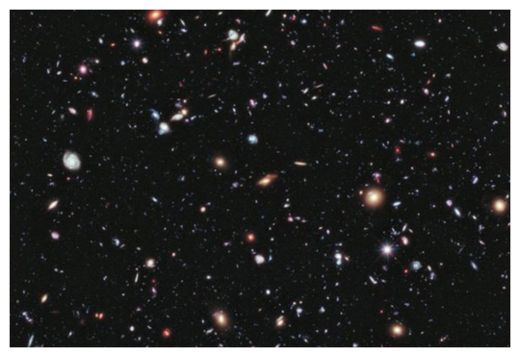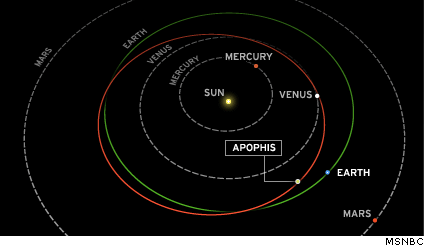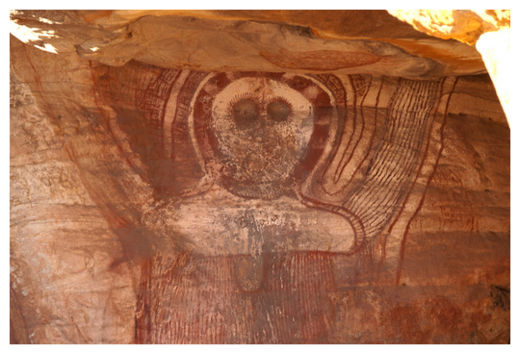
© Jbenwell | Flickr.comAfter a 1500-year drought, rock art changed from an earlier style called Gwion and the Wandjina paintings emerged. The Wandjina figures have round faces with big eyes.
A 1,500-year drought in Australia may have led to the demise of an ancient aboriginal culture, a new study suggests.
The results, published Nov. 28 in the journal
Geophysical Research Letters, show that geological traces of a mega-drought in the northwest Kimberley region of Western Australia coincide with a gap and transition in the region's rock art style. The finding suggests that the people who lived prior to the drought, called the Gwion, either left the region or dramatically altered their culture as a result of the
drought, and a new culture called the Wanjinda eventually took its place.
"There is this significant gap in rock art. A possible reason for that is that the climate at that time changed so markedly that the artists who produced the Gwion Gwion art moved on from the Kimberley region," said study co-author Hamish McGowan, a climatologist at the University of Queensland in Australia.
But not everyone agrees with that interpretation. While the evidence for a drought is very convincing, archaeological sites show continuous occupation during that time, said Peter Veth, an archaeologist at the University of Western Australia who is an expert in the Kimberley's rock art and was not involved in the study.
"They reconfigure themselves on the land and often do portray things quite differently, but I don't see it as a different people," Veth told LiveScience.
